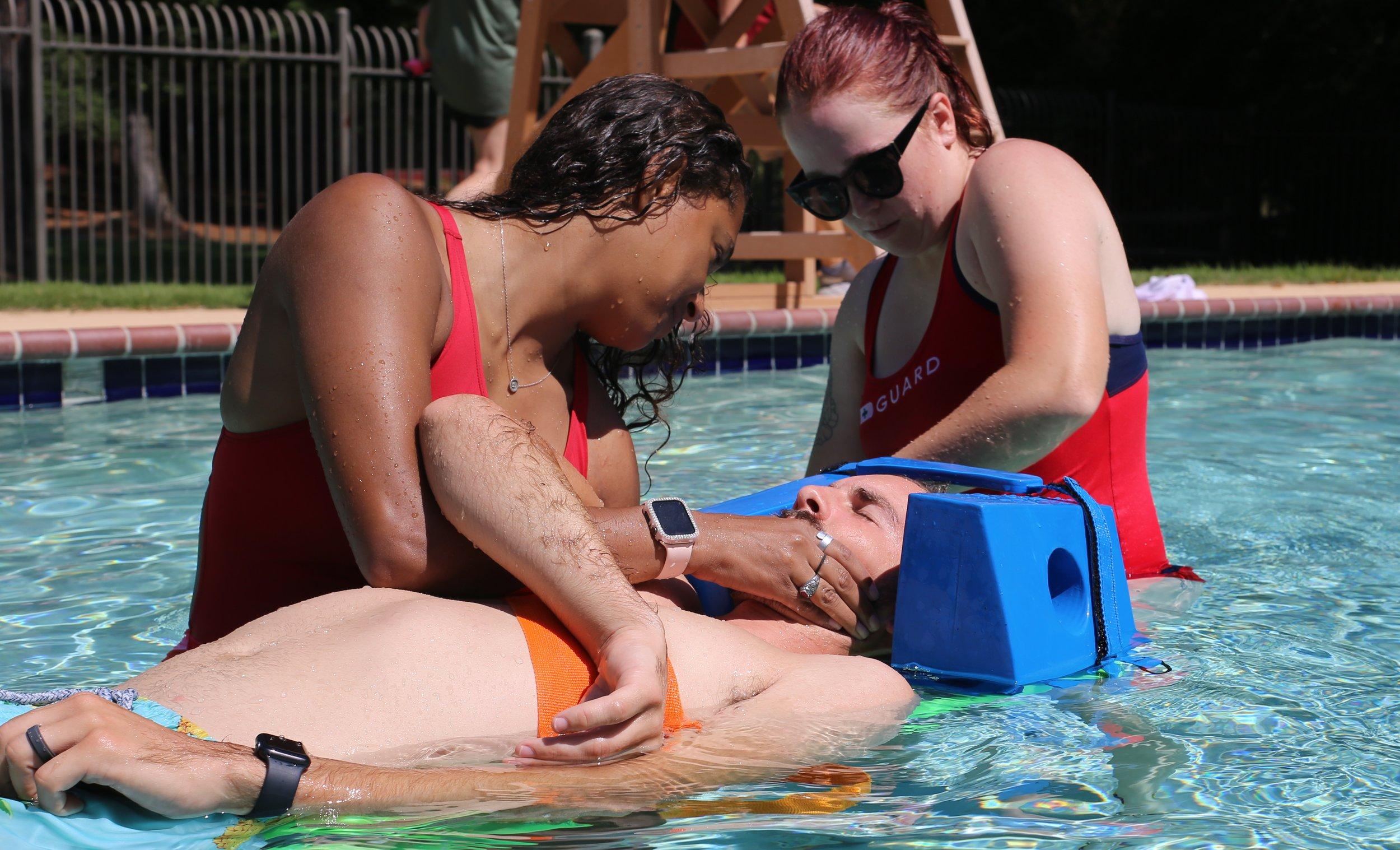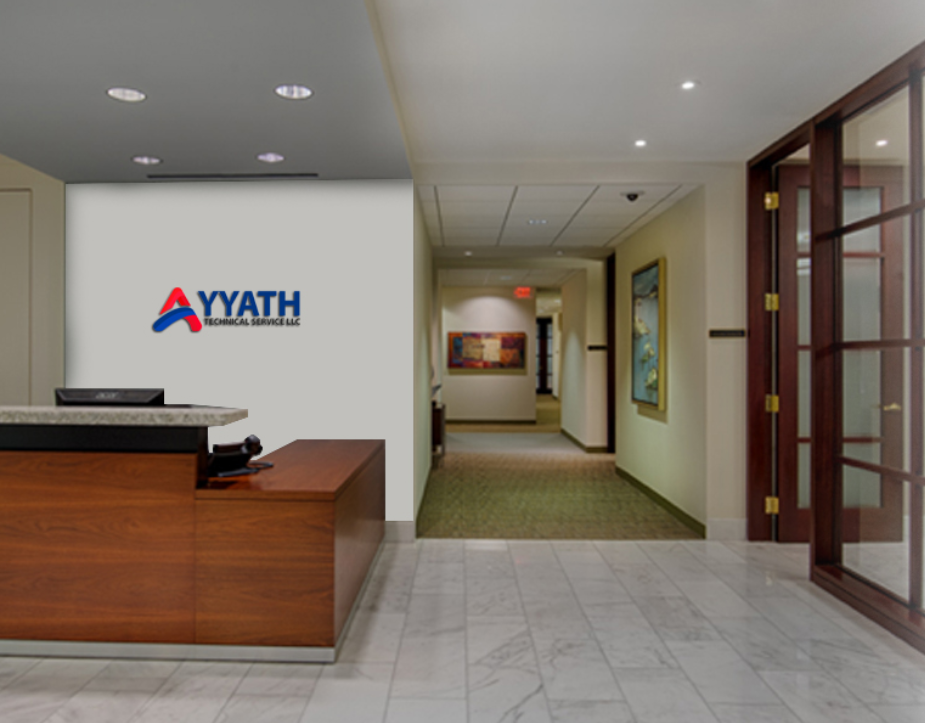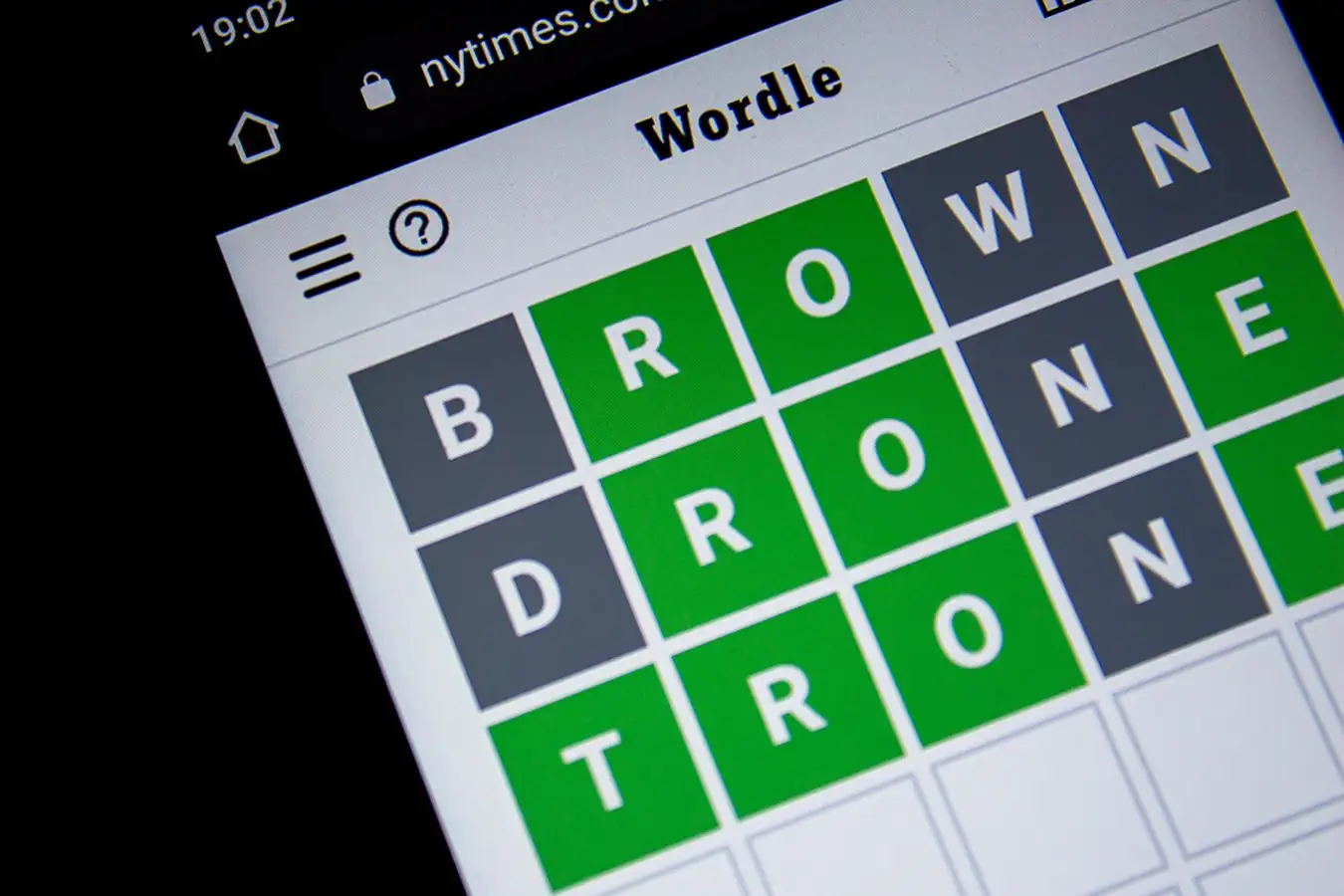Step-by-Step Guide to Lifeguard Training in New York

When it comes to ensuring safety at New York’s pools, beaches, and aquatic parks, lifeguards are the unsung heroes. They are not only responsible for responding to emergencies but also for enforcing rules, preventing accidents, and providing first aid when needed. In a bustling state like New York, the demand for highly trained, certified lifeguards continues to rise. That’s where the American Lifeguard Association (ALA) steps in—offering a nationally recognized, sport-oriented training program that prepares individuals for the physical and mental demands of lifeguarding.
If you're considering lifeguard training in New York, this step-by-step guide will walk you through the entire process, from eligibility requirements to certification, using the trusted programs offered by the American Lifeguard Association.
Step 1: Understand the Role of a Lifeguard
Before diving into training, it's essential to understand what the job entails. Lifeguarding is not just about sitting in a high chair and watching people swim. It is a physically demanding role that requires constant alertness, strong swimming abilities, and the ability to respond quickly and effectively in emergencies.
Lifeguards are trained to:
-
Recognize and respond to aquatic emergencies
-
Provide CPR and first aid
-
Perform water rescues
-
Maintain safety and enforce facility rules
Working as a lifeguard in New York can involve both indoor pools and open-water locations, such as Long Island beaches or upstate lakes. The American Lifeguard Association tailors its training to suit these various environments, making it one of the most adaptable and relevant certifications in the industry.
Step 2: Meet the Basic Requirements
Before enrolling in a lifeguard course with the American Lifeguard Association, you must meet the following basic prerequisites:
-
Minimum age: 15 years old
-
Swimming ability: You should be able to swim 300 yards continuously using front crawl and breaststroke.
-
Timed event: Swim 20 yards, dive to retrieve a 10-lb brick from a depth of 7-10 feet, and return within 1 minute and 40 seconds.
-
Treading water: You must be able to tread water for two minutes using only your legs.
These skills are assessed during a pre-course swim test. Don't worry if you're not a competitive swimmer—training will help you build endurance and technique. The American Lifeguard Association provides preparatory guidance if you need help reaching these benchmarks.
Step 3: Choose the Right Lifeguard Course
There are several types of lifeguard training courses available through ALA, depending on your goals:
-
Pool Lifeguarding – Focuses on surveillance and rescue techniques for pool environments.
-
Waterfront Lifeguarding – Includes training for beaches, lakes, and non-surf open water.
-
Shallow Water Lifeguarding – For aquatic facilities with water depths of 5 feet or less.
-
Lifeguard Recertification – For those who need to renew their certification.
-
CPR, First Aid & AED – All courses include these vital skills.
In New York, it’s recommended that lifeguards complete a course that includes both pool and waterfront lifeguarding if they plan to work at diverse locations throughout the state.
Step 4: Enroll in a Course Near You
The American Lifeguard Association offers training programs at various locations across New York, including:
-
New York City (Bronx, Brooklyn, Queens, Manhattan, Staten Island)
-
Long Island
-
Westchester County
-
Buffalo
-
Albany
-
Rochester
-
Syracuse
To find a course near you, visit the official American Lifeguard Association website and use their course locator tool. Courses are available year-round, with increased availability in the spring and summer months.
Step 5: Complete the Training Modules
ALA’s lifeguard training is structured into a mix of classroom learning, hands-on practice, and in-water sessions. The training is rigorous but highly rewarding. Key topics covered include:
-
Victim recognition
-
Active and passive rescues
-
Emergency action plans
-
Head, neck, and spinal injury response
-
Cardiopulmonary Resuscitation (CPR)
-
Automated External Defibrillator (AED) use
-
First aid for common aquatic injuries
The American Lifeguard Association places strong emphasis on real-life scenarios and sport-based skill development. You’ll run drills and simulated rescues designed to mimic actual lifeguarding situations, preparing you for the fast-paced, high-pressure nature of the job.
Step 6: Pass the Final Assessments
To earn your lifeguard certification, you’ll need to successfully pass both written and practical exams. These include:
-
Multiple-choice written test
-
Rescue simulations
-
CPR and first aid demonstration
-
Team response drills
Don’t stress—if you’ve followed the training closely and practiced regularly, you’ll be well-prepared to succeed. ALA-certified instructors are supportive and dedicated to helping students build confidence in their abilities.
Step 7: Receive Your Certification
Once you complete the course and pass the assessments, you’ll receive your American Lifeguard Association Lifeguard Certificate, which is valid for two years. This certification is recognized not only across New York State but also nationwide.
Many employers—both public and private—prioritize or require ALA certification because of its strong reputation for quality and reliability. It also meets U.S. Occupational Safety and Health Administration (OSHA) and U.S. Centers for Disease Control and Prevention (CDC) standards.
Step 8: Start Your Job Hunt
Now that you’re certified, it’s time to apply for lifeguard positions. In New York, lifeguards are needed at:
-
Community swimming pools
-
Beaches and waterfront parks
-
Camps and schools
-
Hotel and resort pools
-
Cruise ships and waterparks
Many employers also offer seasonal bonuses or part-time flexibility. If you’re a student, a lifeguard job can be the perfect summer gig or stepping stone to a career in sports, recreation, or emergency services.
Step 9: Stay Sharp with Continuing Education
The job doesn’t end once you get certified. Staying current on rescue techniques and safety protocols is crucial. The American Lifeguard Association offers ongoing training, refresher courses, and lifeguard recertification programs throughout New York.
You can also expand your credentials by becoming a Water Safety Instructor (WSI) or Lifeguard Instructor (LGI), opening doors to supervisory roles or full-time aquatic careers.
Why Choose the American Lifeguard Association?
The American Lifeguard Association has been a pioneer in aquatic safety training for over three decades. With a sport-focused approach, their curriculum is modern, effective, and built on real-world experience. Their instructors are certified professionals with backgrounds in rescue, sports, and aquatic management.
Choosing ALA means:
-
Access to expert training
-
Flexible course schedules
-
Nationally recognized certification
-
A commitment to water safety and athleticism
Conclusion
Lifeguard training in New York isn’t just a requirement—it’s a responsibility and a powerful personal achievement. Whether you’re diving into this path for a summer job, a career in sports safety, or simply to make a difference in your community, becoming a certified lifeguard through the American Lifeguard Association is your ticket to success.





